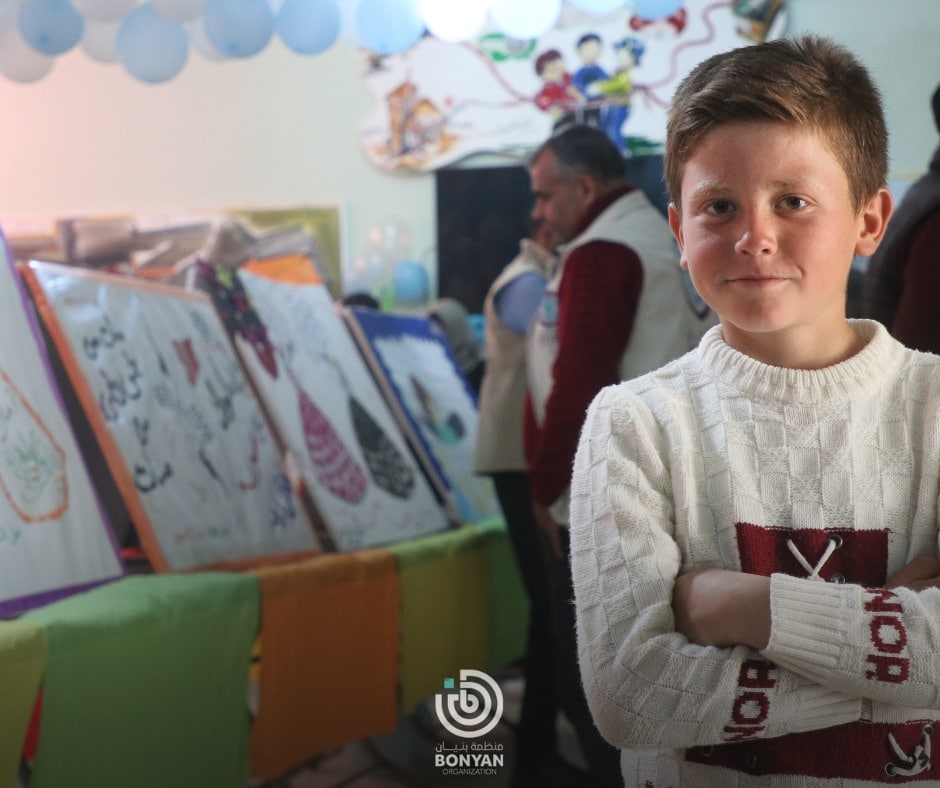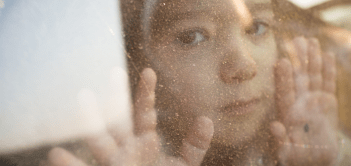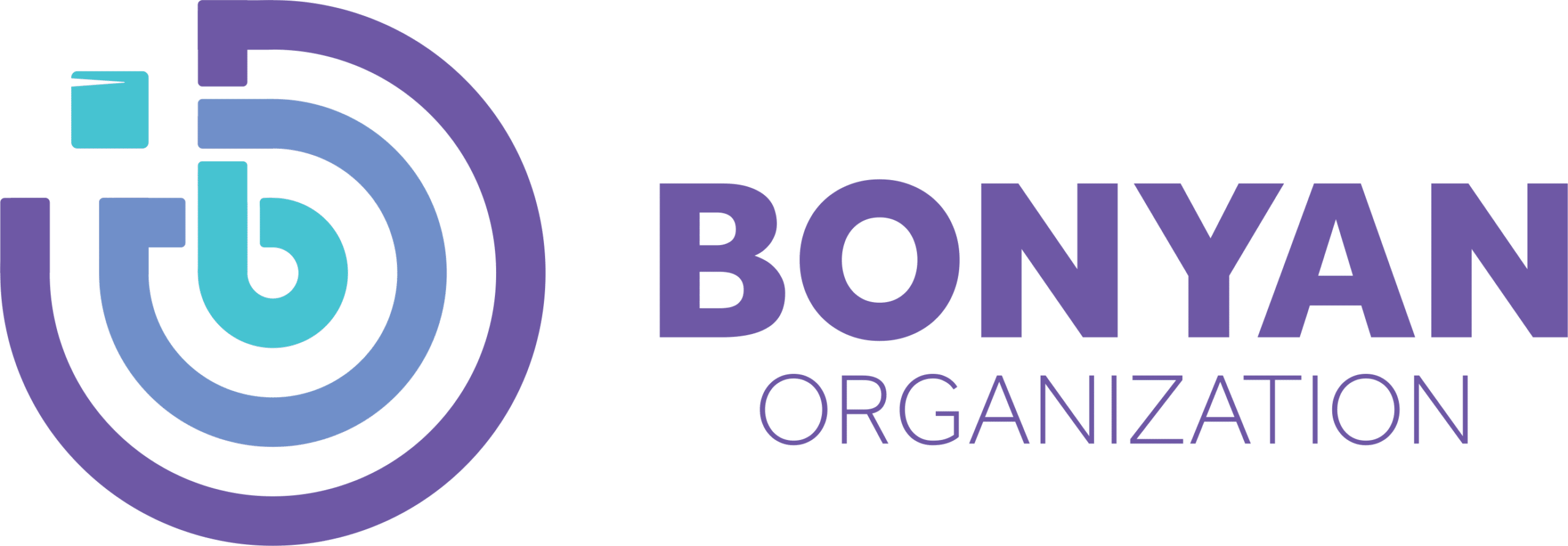Child protection programs in refugee communities face challenges such as a lack of resources, language barriers, cultural differences, trauma, and mental health needs.
This article discusses the top challenges in implementing child protection programs in refugee communities and recommends some solutions for implementing these programs.
Addressing Cultural and Linguistic Differences
Refugees come from diverse cultural backgrounds, and language barriers can make it difficult for child protection workers to communicate effectively with children and families.
To address cultural and linguistic differences, it is essential to approach people from different cultures and linguistic backgrounds with respect and an open mind.
Some strategies for addressing these differences and building mutual understanding:
- Active listening.
- Cultural sensitivity.
- Clear communication.
- Nonverbal communication.
- Patience and flexibility.
Understanding and respecting diverse cultures and individuals is essential to building stronger relationships and promoting greater understanding and cooperation across cultures.
This adds more fundamental value for implementing child protection programs in refugee communities.
Providing Access to Education and Resources
Refugee children often have limited access to education, hindering their understanding of basic safety measures and rights.
Providing access to education and resources makes implementing child protection programs in refugee communities more useful.
Here are some ways to achieve this:
- Creating partnerships with local organizations to provide resources and support to refugees.
- Providing training and resources for community members with the knowledge and skills they need to protect children.
- Offering educational opportunities to protect children from harm to help keep them safe and give them the necessary tools.
- Developing child-friendly spaces for children who may be at risk of abuse or exploitation.
Responding to Trauma and Mental Health Needs
Many refugee children have experienced significant trauma, which can impact their mental health and makes it challenging to engage with protection programs.
It is important to address the psychological needs of refugee children to protect them and implement child protection programs in their communities.
One way to achieve this is through providing mental health services, such as counseling and therapy.
We can also train community members to provide trauma-informed care and create peer support networks and recreational activities to promote positive mental health and well-being.
Furthermore, providing these children with a safe environment, including basic needs and educational and employment opportunities, is critical.
That is how we help these kids overcome trauma and thrive in their new communities.

Building Trust and Collaboration with Community Members
Some refugee communities may resist child protection interventions due to cultural norms, distrust, or fear of authorities.
Involve community leaders and members in designing and implementing child protection programs to build trust and address resistance will encourage open dialogue about cultural norms and practices to promote understanding and cooperation.
Ensuring Sustainability and Long-term Support
To ensure the success and sustainability of programs aimed at helping refugee children, we can:
- Develop partnerships with local organizations.
- Focus on capacity building.
- Involve refugees in program design and implementation.
- Seek sustainable funding sources.
- Monitor and evaluate program outcomes.
These strategies can help ensure that programs are sustainable and have a long-term impact, providing ongoing support to refugees in need.
At Bonyan Organization, we make sure to provide refugee children with all the necessary educational resources and opportunities to thrive and have an influential impact on their communities.
You can also contribute to this noble mission by supporting our “Tented Classrooms in Syrian Camps” campaign to help build tented classrooms for refugee children.
Remember that your contributions will help those vulnerable children overcome illiteracy and have a brighter future ahead of them!
Donate now at the link below:
Resources
FAQ
What is the goal of child protection programs in refugee communities?
The goal of child protection programs in refugee communities is to protect and support refugee children at risk of abuse, exploitation, and other forms of harm.
How are child protection programs tailored to the specific needs of refugee children and families?
Child protection programs are tailored to the specific needs of refugee children and families by providing culturally sensitive support services, addressing trauma and mental health needs, offering educational opportunities, creating safe and child-friendly spaces, and involving community members in program design and implementation.
What types of services and support do child protection programs offer to refugee children and families?
Child protection programs offer many services and support to refugee children and families, including mental health services, educational opportunities, recreational activities, peer support networks, and legal assistance.
What impact do child protection programs have on the well-being and development of refugee children?
Child protection programs can positively impact the well-being and development of refugee children by providing them with the support and resources they need to overcome trauma, develop positive mental health, and access educational opportunities.
Content
- Addressing Cultural and Linguistic Differences
- Providing Access to Education and Resources
- Responding to Trauma and Mental Health Needs
- Building Trust and Collaboration with Community Members
- Ensuring Sustainability and Long-term Support
- Resources
-
FAQ
- What is the goal of child protection programs in refugee communities?
- How are child protection programs tailored to the specific needs of refugee children and families?
- What types of services and support do child protection programs offer to refugee children and families?
- What impact do child protection programs have on the well-being and development of refugee children?



